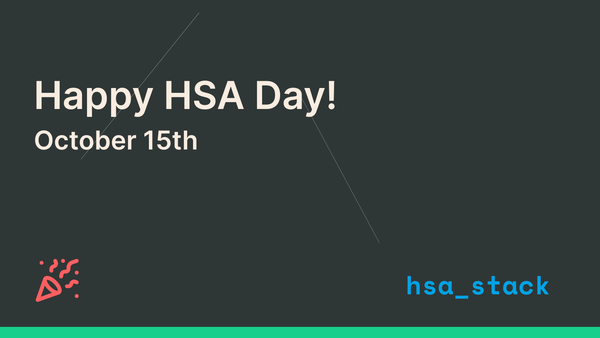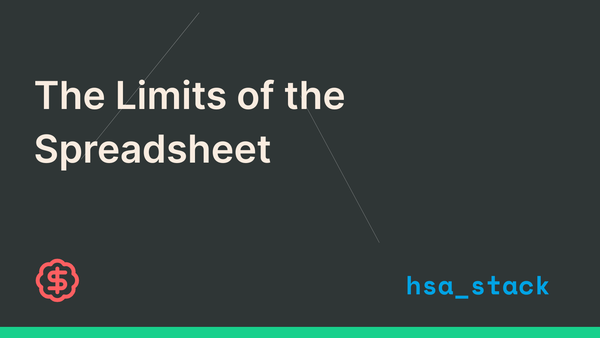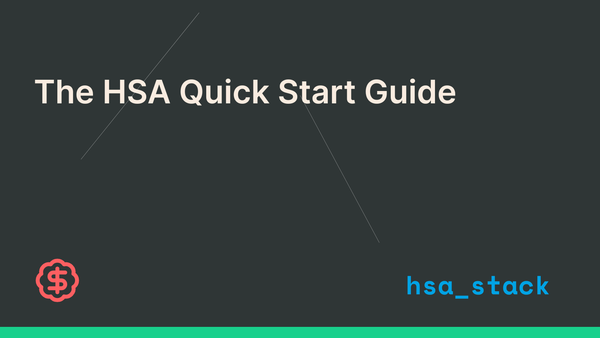The 55+ HSA Strategy: Adding an Extra $1,000 to Your Most Powerful Account
If you're 55 or older, the IRS gives you a powerful tool to boost your Health Savings Account. It's called a catch-up contribution. Here’s how to use it to supercharge your savings for healthcare costs in retirement.

Turning 55 opens a new door for optimizing your Health Savings Account (HSA). The IRS allows for an annual "catch-up contribution". This is a straightforward way to accelerate your savings and build a larger tax-free fund for future medical expenses.
This is not just about saving more. It's about making your money work harder in the most tax-advantaged account available.
What is an HSA Catch-Up Contribution?
It is an additional amount you can contribute to your HSA above the standard annual limit.
For 2025, the standard contribution limits are:
- $4,300 for self-only coverage.
- $8,550 for family coverage.
The catch-up provision allows eligible individuals to contribute an extra $1,000 per year. This amount is fixed by statute and does not change with inflation adjustments.
Who is Eligible?
The rules are simple.
- You must be an HSA-eligible individual, which means you are covered by a qualified high-deductible health plan (HDHP).
- You must be age 55 or older by the end of the tax year.
- You cannot be enrolled in Medicare.
You can make the full $1,000 catch-up contribution for the year you turn 55, regardless of which month your birthday is in, provided you are HSA-eligible for the whole year.
How it Works for Individuals and Couples
The mechanics are important, especially for married couples.
- For Individuals: If you have self-only HDHP coverage and are 57, your total 2025 contribution limit is $5,300 ($4,300 standard limit + $1,000 catch-up).
- For Married Couples: This is where it gets specific. An HSA is an individual account. There is no "joint HSA". Therefore, each spouse must have their own HSA to make their own catch-up contribution.
- If both you and your spouse are 55 or older and covered under a family HDHP, you can both make a $1,000 catch-up contribution. You cannot, however, deposit a combined $2,000 into a single account.
- One spouse would contribute their $1,000 to their own HSA. The other spouse would contribute their $1,000 to their separate HSA. The base family contribution of $8,550 (for 2025) can be split between the two accounts in any way you choose.
Why the Catch-Up Contribution is a Strategic Move
That extra $1,000 per year is more powerful than it looks. The window to make these contributions is typically between ages 55 and 65, which is when most people enroll in Medicare.
Contributing an extra $1,000 for 10 years gives you an additional $10,000 in principal. If invested, that capital can grow significantly. This provides a larger cushion for medical costs in retirement, all completely tax-free. It is a direct and efficient way to engineer a more secure financial future.




